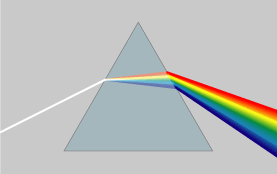GreenBling
Brilliant_Rock
- Joined
- Oct 8, 2011
- Messages
- 662
I have a FLY that is rather shallow (58.5) and with big table (65). I have it set in double halo of white diamonds. Underneath the FLY is a yellow gold plate that the jeweler suggested to place there to enhance the stone's color. Outcome - the stone when set looks like a FY.
I read that a stone would face up whiter if cut well. could the big table combines with shallow cut somehow created an opposite effect? Or could that combination have enabled the color from the yellow gold plate beneath came through, therefore creating the illusion that the stone has more intended color than it is? Could leakage have effect on color?
I love the ring, no intention of returning or upgrading whatsoever. Just want to learn. Thanks in advance for your input.
I read that a stone would face up whiter if cut well. could the big table combines with shallow cut somehow created an opposite effect? Or could that combination have enabled the color from the yellow gold plate beneath came through, therefore creating the illusion that the stone has more intended color than it is? Could leakage have effect on color?
I love the ring, no intention of returning or upgrading whatsoever. Just want to learn. Thanks in advance for your input.




300x240.png)